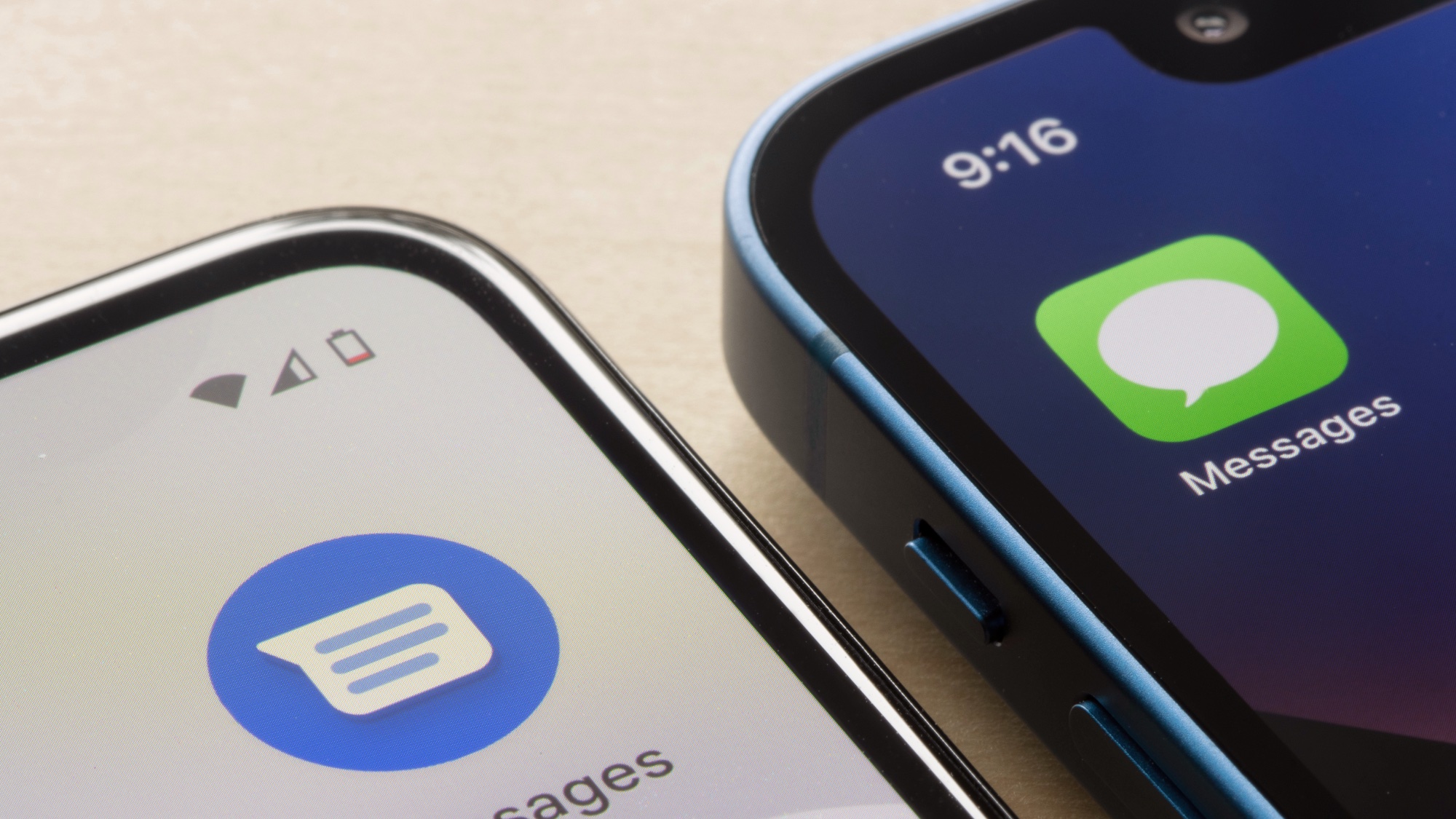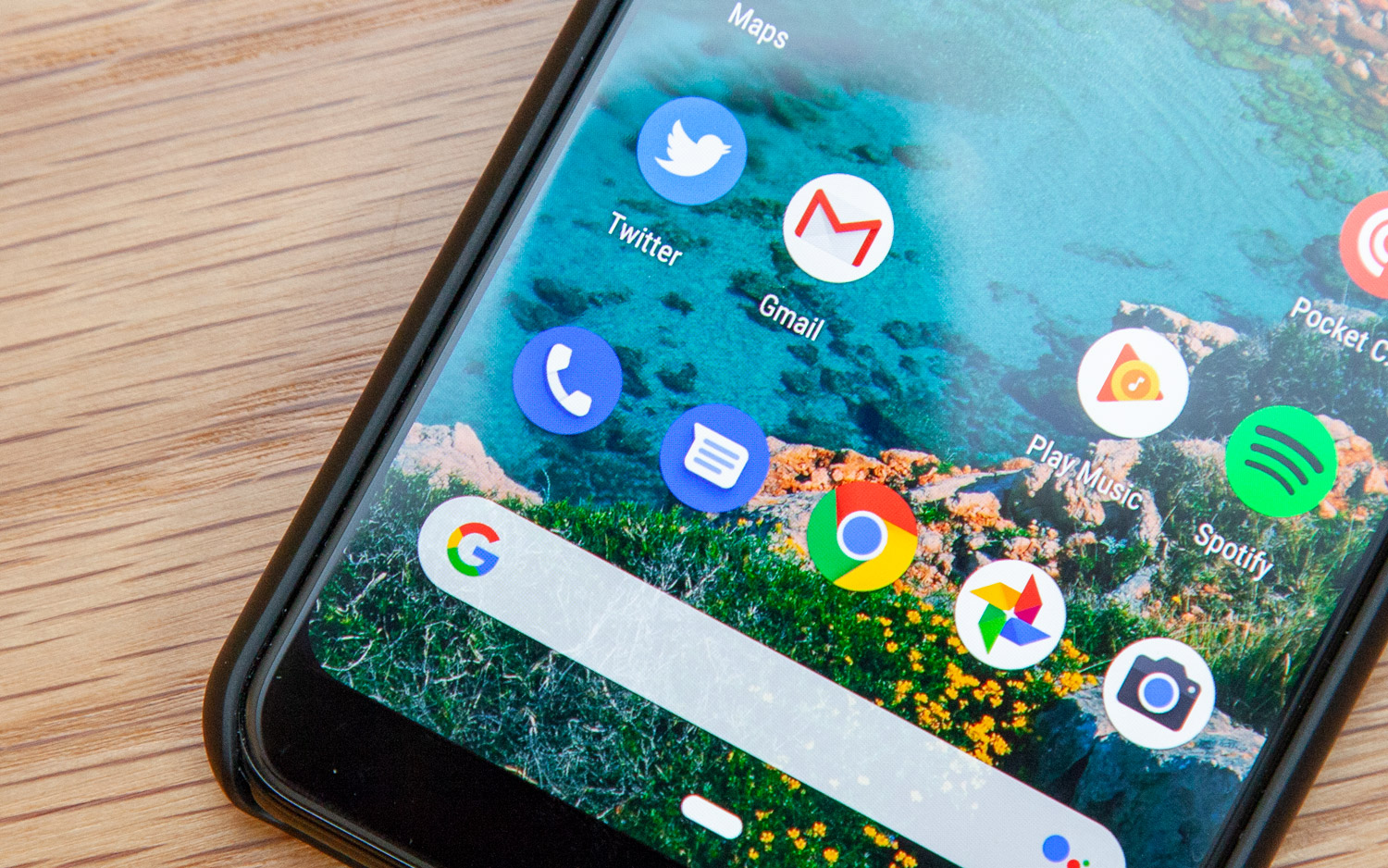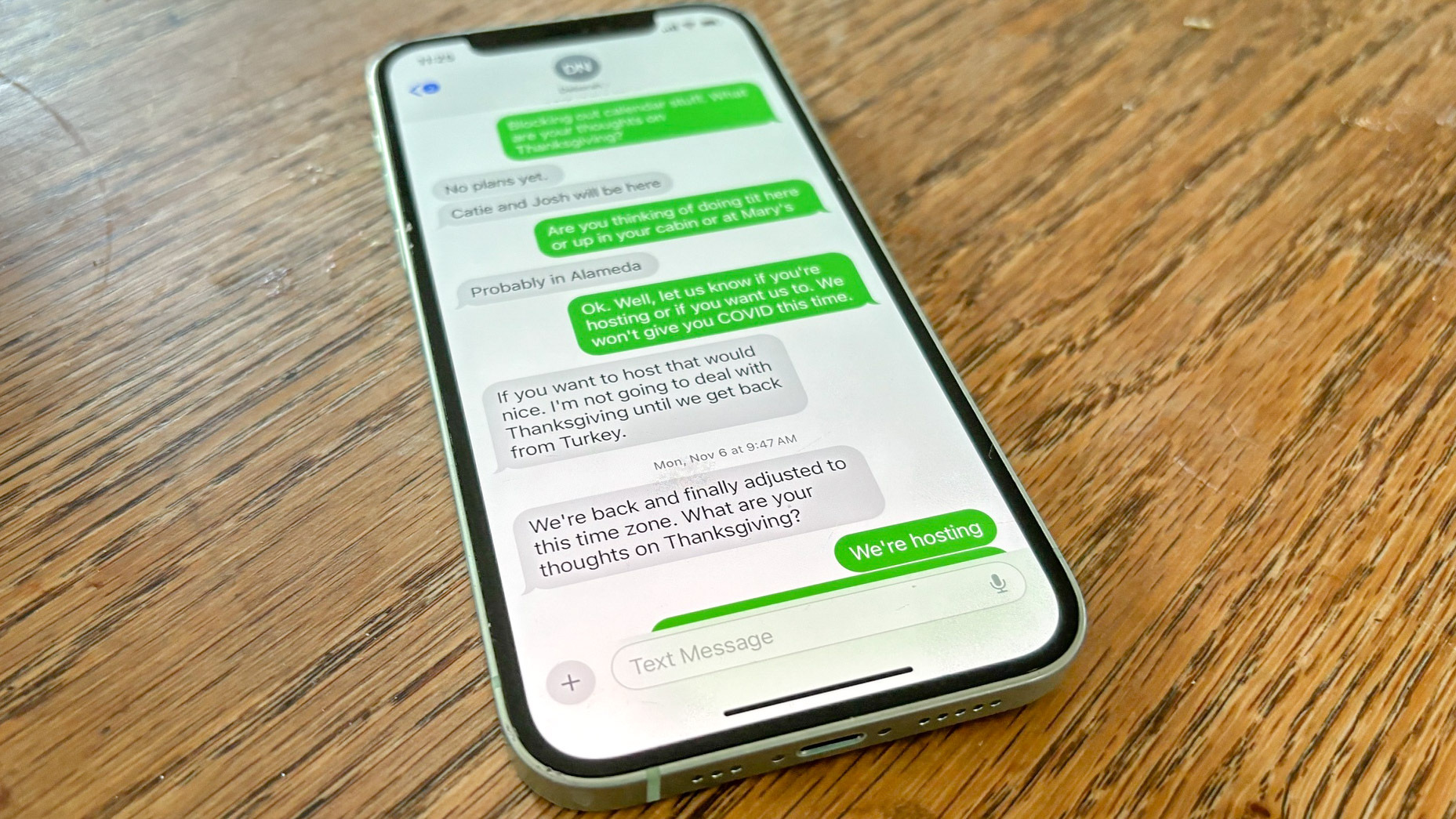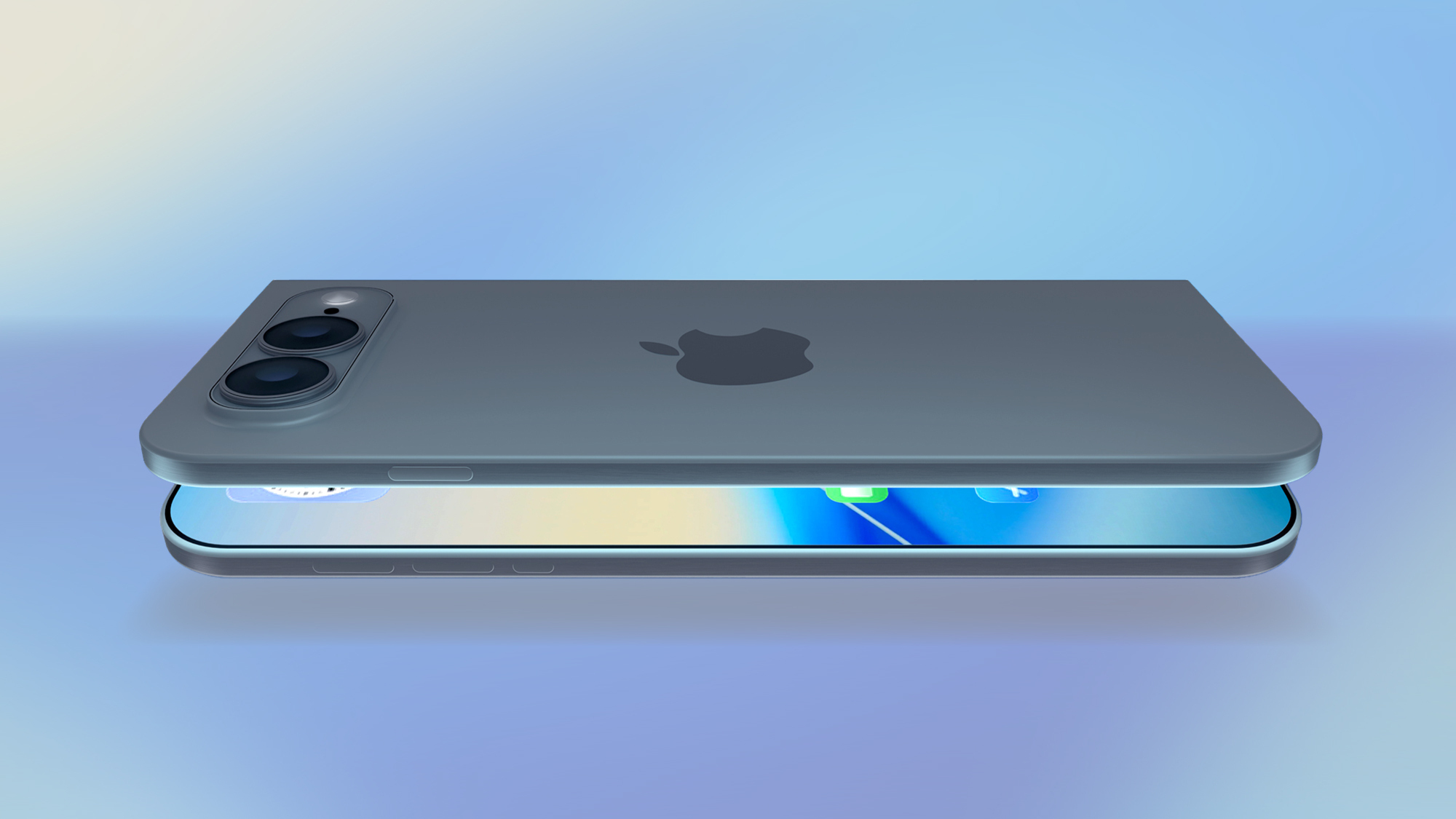What is RCS messaging — and what it means for Android and iPhone users
RCS messaging has been around for a bit — and now Apple is joining the party

Rich Communication Services, better known as RCS, has been a viable messaging platform for years. And for many, it’s been a welcome addition in a world where SMS and MMS were simply getting old and outdated. But mystery still surrounds RCS and how it’s still getting better after all this time.
At its core, RCS — or more specifically, Chat, which is the Google-developed RCS Universal Profile built for interoperability between wireless networks — is merely another Internet-based messaging system. In that sense, it’s not unlike Apple iMessage, Facebook Messenger or WhatsApp. The difference is that RCS Chat is designed to replace SMS and MMS, operating completely within your phone's standard texting app, while still granting luxuries like read receipts and live typing indicators.

However, RCS' rollout had been challenging, to say the least. Initially, RCS was to be deployed by the carriers themselves, in partnership with Google, on a device-by-device basis. This approach didn't really work, though, as all four major carriers at the time of RCS’s emergence quickly balked at supporting new handsets with RCS features.
Instead, the networks formed a joint venture, called the Cross Carrier Messaging Initiative (CCMI), to deliver their own proprietary app that would have been a replacement for SMS and MMS. Importantly, the carriers planned to make their standard compatible with Google's. For its part, Google countered their move by flipping on the RCS switch for all Android devices through Android Messages.
CCMI was rumored to have been led by Sprint, but as the years dragged on, and T-Mobile swallowed up Sprint, the carriers realized CCMI had little value and ultimately abandoned the plan. And that brings us to where we are now, with a few lingering questions about RCS.
Do I already have RCS?
While Google had been slow to get RCS to Android phones at its initial launch four years ago, it’s now ubiquitous on Android. Indeed, RCS is available to any Android handset with Android 4.4 and above, which is approximately 99% of the Android smartphones in-use today. RCS is available through Google’s Android Messages or Samsung Messages, the most ubiquitous messaging apps on Android handsets.
How to ensure RCS is enabled
There’s a good chance your phone is already RCS-ready, but if you don’t have it enabled, you’ll receive an in-app notification within Android Messages. Simply follow the on-screen prompts to enable Chat features, and you should be online sending messages over RCS in no time. Just remember that the individual you're conversing with will also need to have RCS; otherwise your conversation will fall back to old-fashioned SMS.
Get instant access to breaking news, the hottest reviews, great deals and helpful tips.
What about iPhones?

Although RCS has been available on Android devices for quite some time, Apple has been loath to support the technology, leaving Android users in a state of limbo.
Of course, iPhone users don't have much of a need for RCS, because they already have iMessage. However, Apple iMessage only works between Apple devices — and that exclusivity has made it a marquee feature for iPhones. But it’s also created headaches for iPhone owners who communicate with Android users. Since Apple iMessage doesn’t support RCS, iPhone owners can’t see read receipts, typing bubbles, and seamless group chats from their Android friends.
For years, there had been some hope Apple would turn the corner on RCS, and the GSMA consortium of mobile carriers had reportedly been in talks with the company for years about supporting the technology in Apple iMessage. In 2022, however, Apple CEO Tim Cook said that Apple wasn’t hearing from its users that they actually wanted RCS, which seemingly shut the door on any adoption that wasn’t forced on Apple by regulatory agencies. (See the company’s embrace of USB-C for the iPhone 15 after EU regulators passed a law requiring it.)
But in an extremely surprising turn of events, Apple announced in November of 2023 that it would indeed support RCS and start rolling out the support in a software update slated for “later next year.” As of this writing, Apple hasn’t shared too much about the interoperability, but did say it’s planning to simply support RCS in Apple iMessage without adopting RCS for itself. Indeed, something Apple has confirmed is that the green bubbles will stick around in the Messages app to designate when you’re chatting with someone outside iMessage.
Apple’s iMessage, Apple said in a statement, remains “the best and most secure messaging experience for Apple users.” Apple had previously said that iMessage is the superior platform because it offers end-to-end encryption.
If Apple does ultimately support RCS, it will likely take the place of SMS within the iPhone's Messages app. At the very least, that means you won't have to wait quite as long sending and receiving messages with "green bubble" friends, and you'll be able to enjoy full resolution media as well. However, as Apple has been quick to note, RCS will not employ end-to-end encryption as iMessage and many other internet-based communication platforms do.
More from Tom's Guide
- Google Messages got a huge upgrade to rival Apple’s iMessage
- Google Maps is getting a big upgrade for holiday travel
- 15 hidden iOS Messages features you need to know about
Don Reisinger is CEO and founder of D2 Tech Agency. A communications strategist, consultant, and copywriter, Don has also written for many leading technology and business publications including CNET, Fortune Magazine, The New York Times, Forbes, Computerworld, Digital Trends, TechCrunch and Slashgear. He has also written for Tom's Guide for many years, contributing hundreds of articles on everything from phones to games to streaming and smart home.
-
LouisDi Your info on Fi is wrong. All Android phones, as long as they're not dual SIM, have RCS using Google's Messages App. My wife and I use it every day on Fi between my LG V40 and her Galaxy S8+.Reply -
webworkings I don't see it replacing SMS and MMS. Kind of like saying email would be replaced, yet it is still used all the time.Reply
While change is good, not all changes are good. :D -
Mjstowe1 Your step by step for verifying RCS is incorrect. I have the PIxel 3 and Verizon. You go into settings and you do NOT go into advanced. Chat features is a stand alone section in the main settings view. From there you turn it on and have customizable settings.Reply
